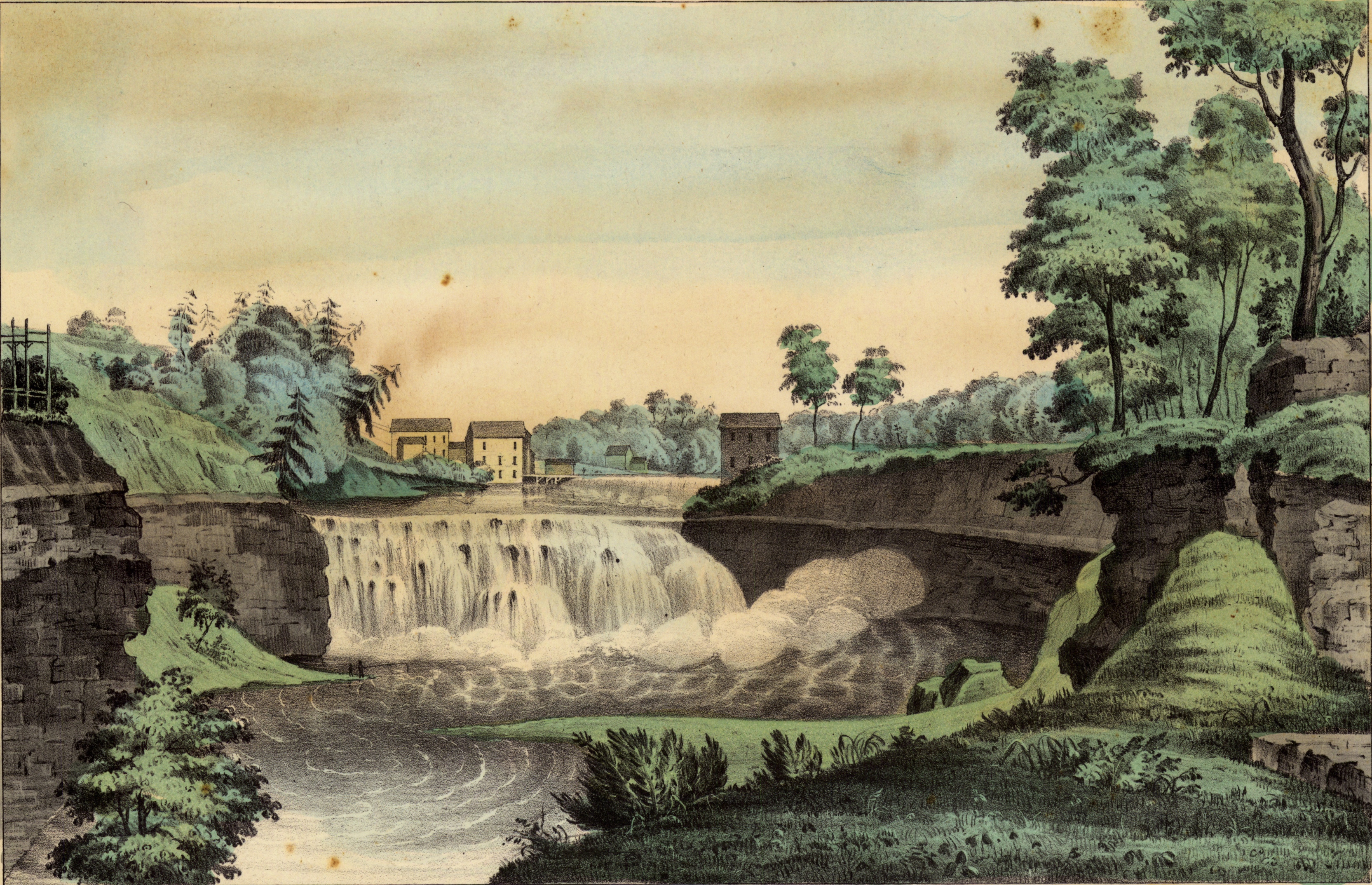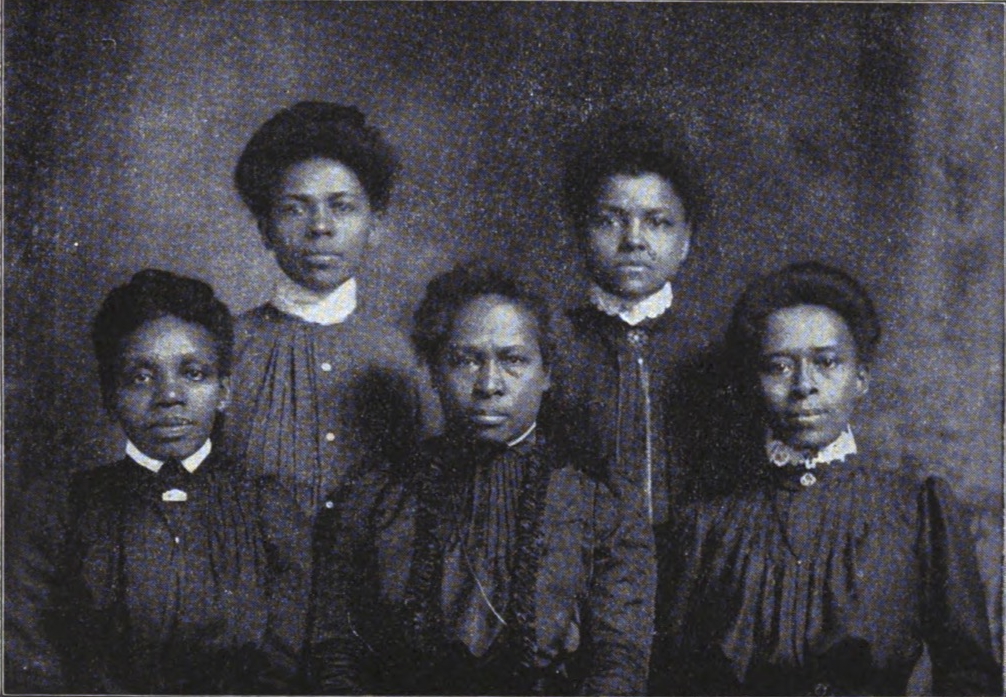
The Black Christian Womanhood of Virginia W. Broughton
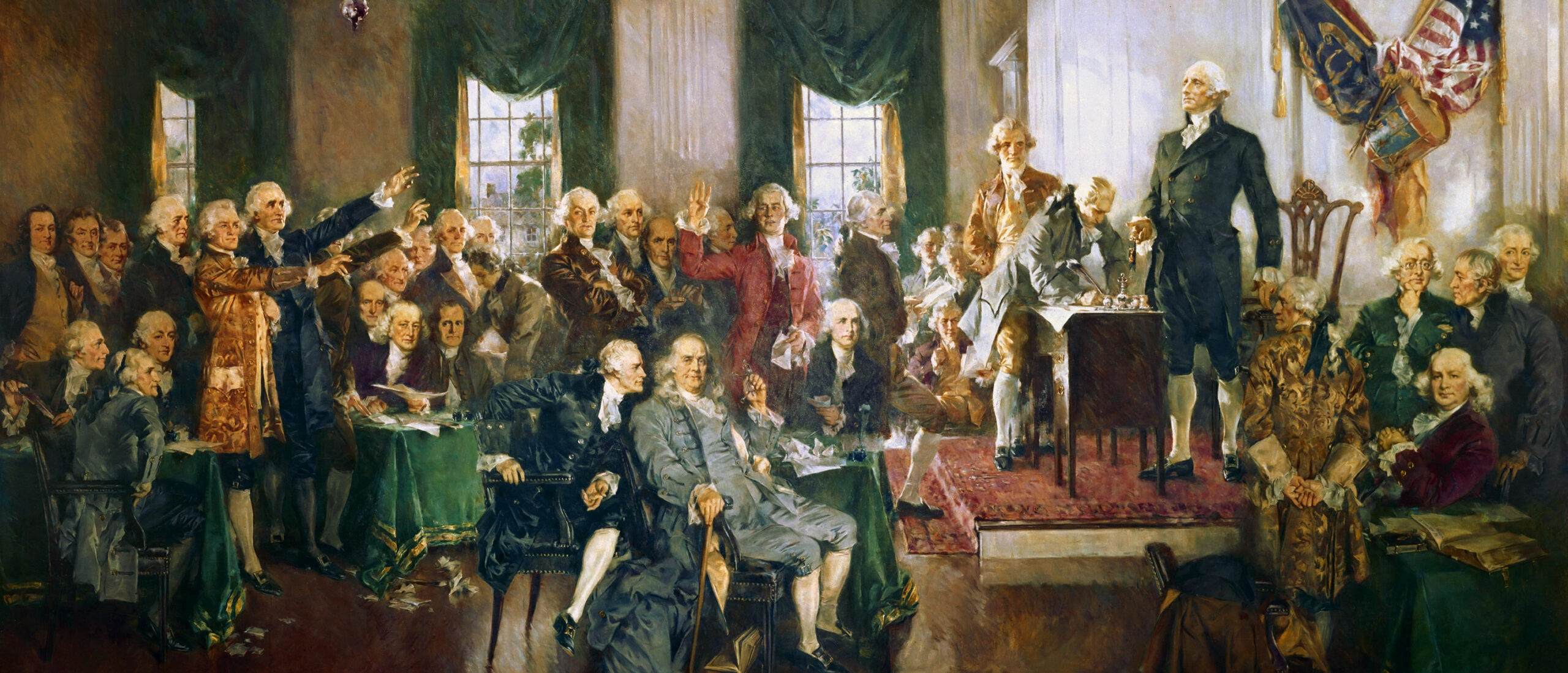
Gaps in the Record: Teaching with the Constitutional Convention

How to Read a Book: The X-Ray Method for Achieving a Sustainable “Book-Life Balance”
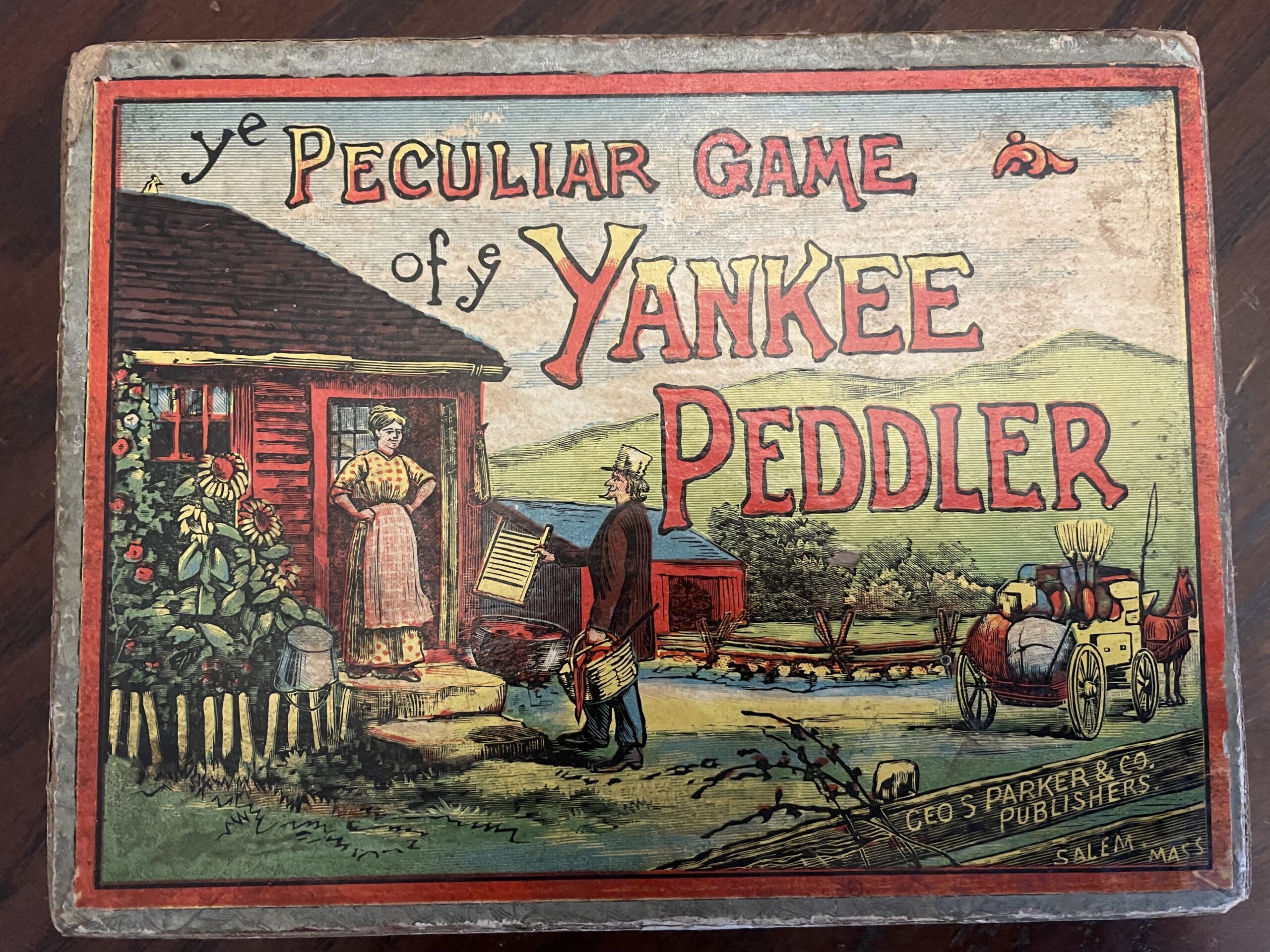
The Peculiar Game of the Yankee Peddler—Or what do you buy?
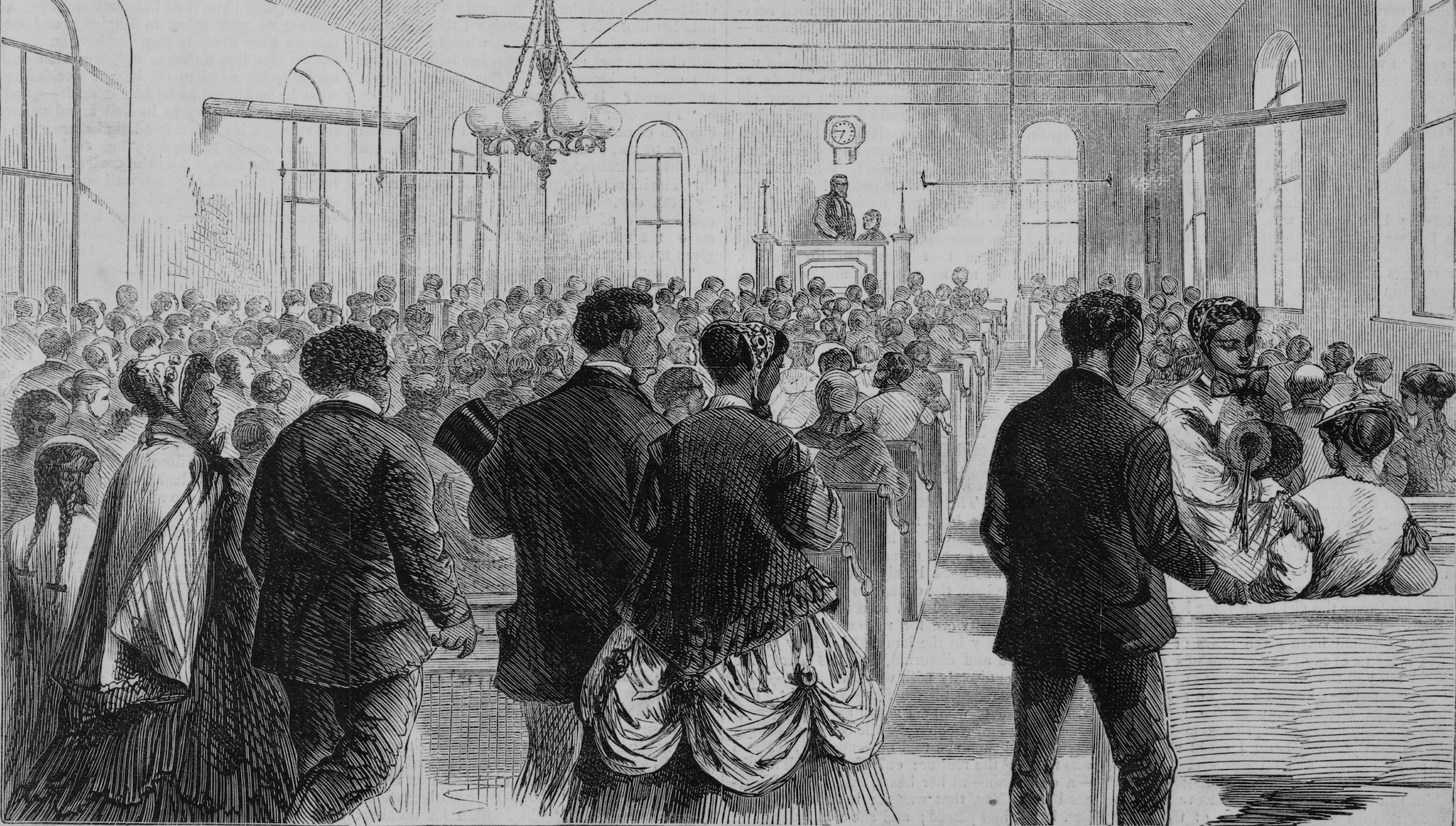
“Nativity Gives Citizenship”: Teaching Antislavery Constitutionalism through the Black Convention Movement

Uncle Tom’s Cabin, The Jigsaw Puzzle: Jumbling the Pieces of Stowe’s Story

William & Mary’s Nottoway Quarter: The Political Economy of Institutional Slavery and Settler Colonialism
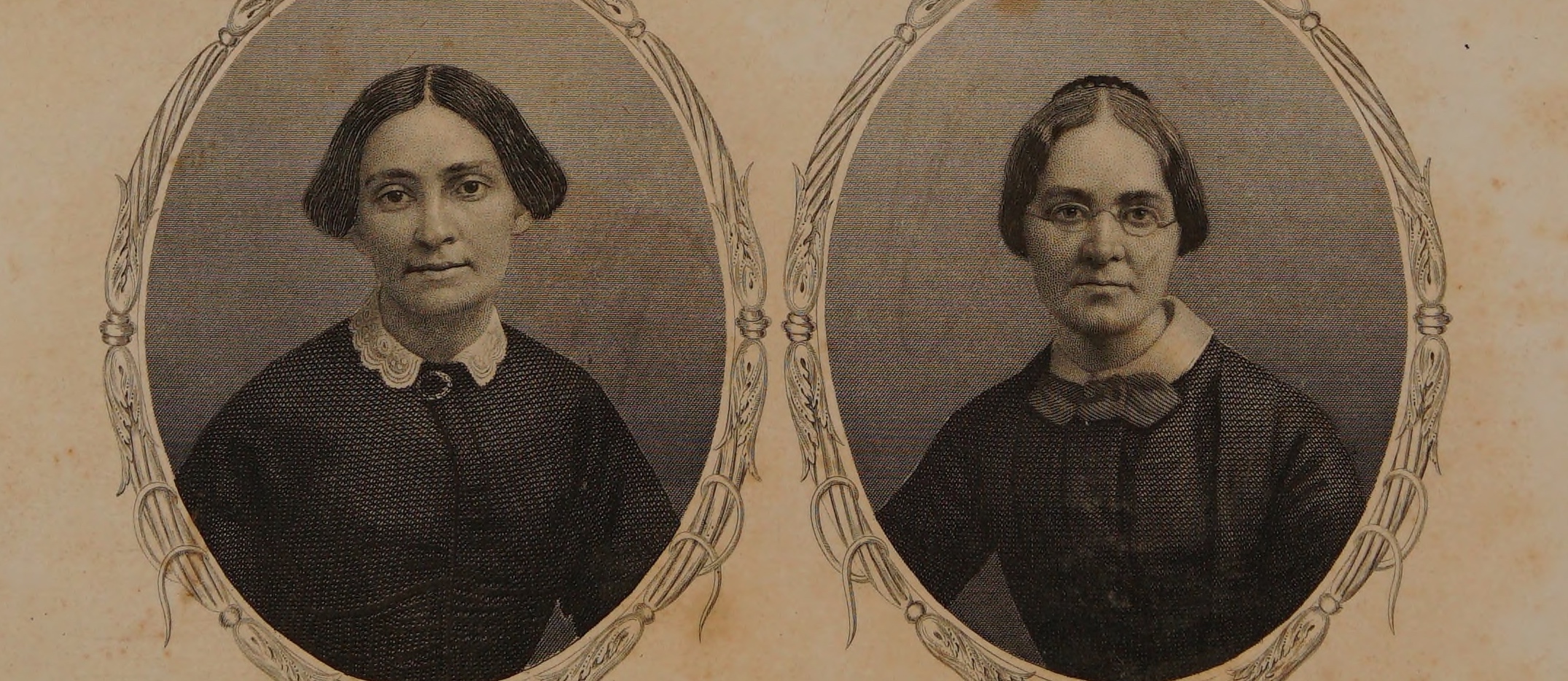
Loosening the Tongue: Language Learning among Early American Missionaries to the Ottoman Empire

A Minister’s Desk? Reanimating Space, Rethinking Furniture

Can We Scan the Piggin?: Revisiting Early American Material Culture and Campus Collections across Pandemic Time
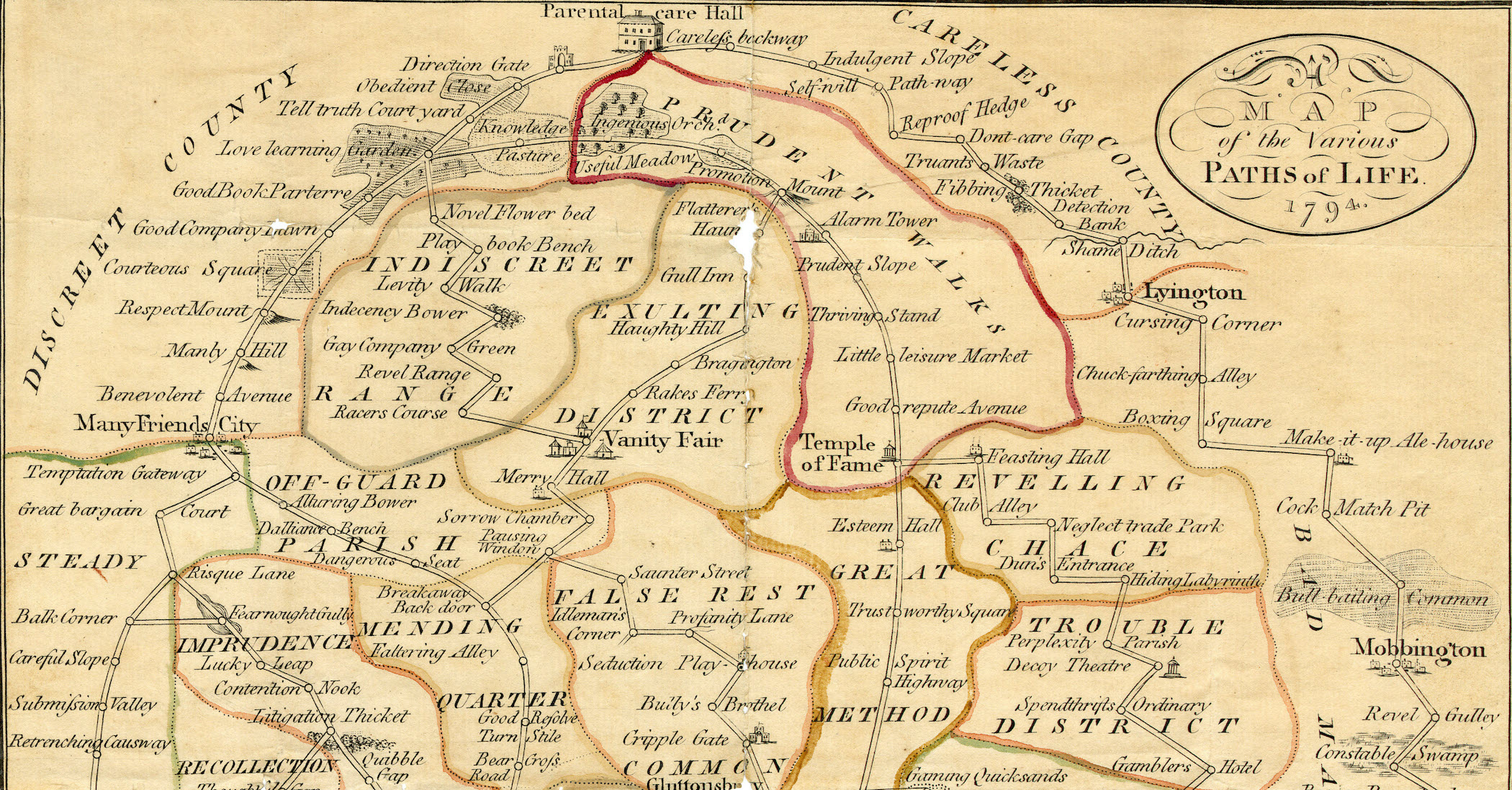
“A Very Curious Religious Game”: Spiritual Maps and Material Culture in Early America
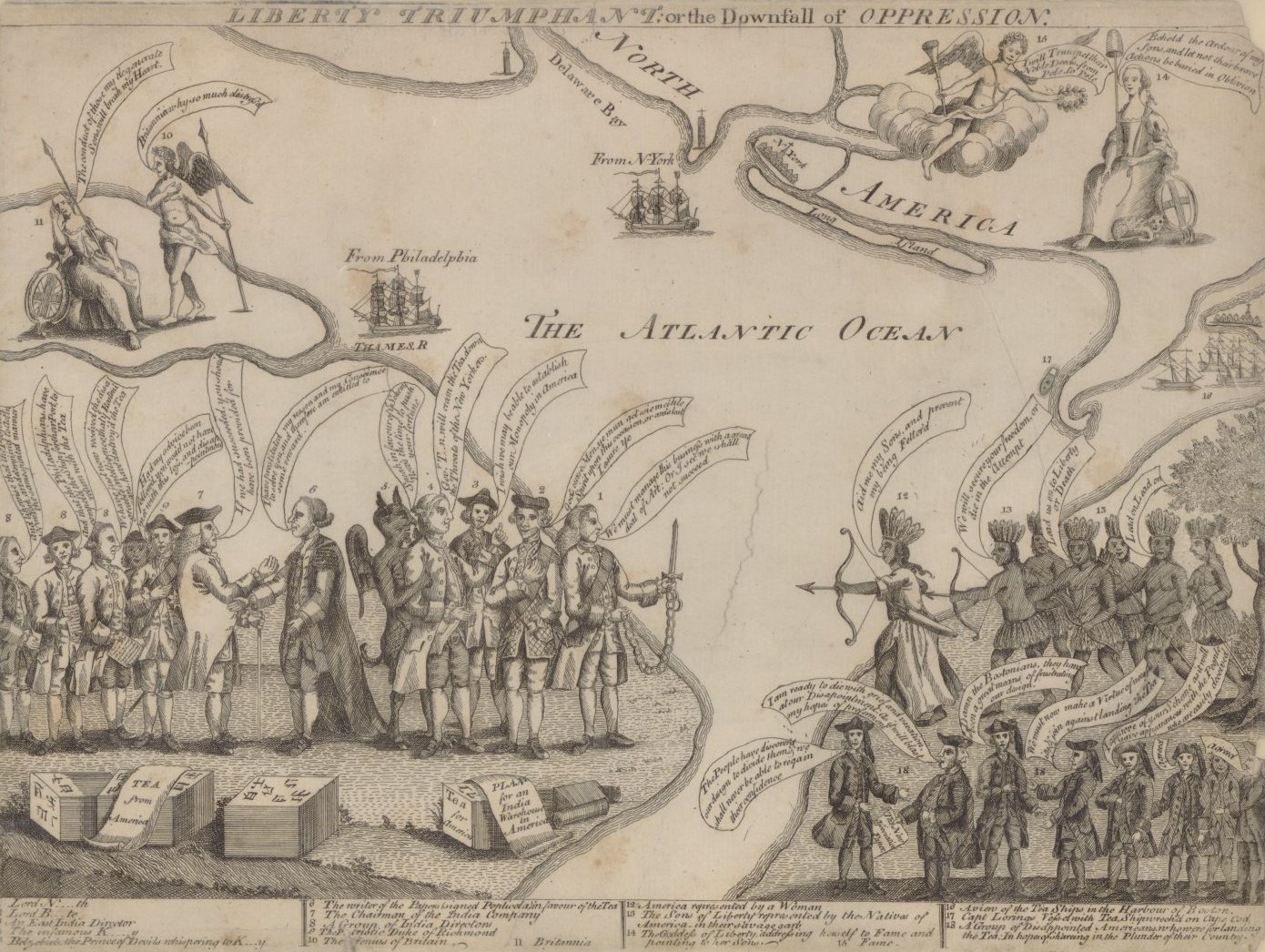
New Seats at the Tea Party
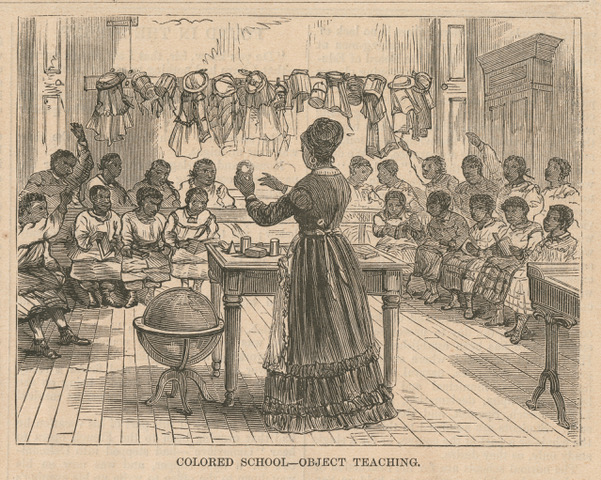
Frances Ellen Watkins Harper, Media Theorist
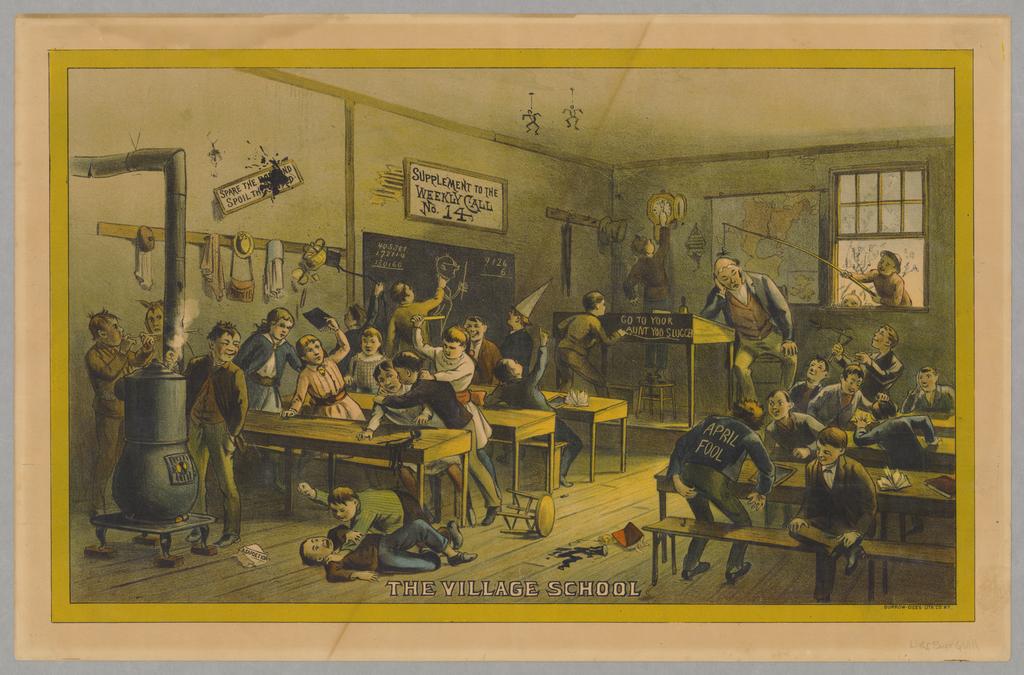
A Class Kids Love to Hate
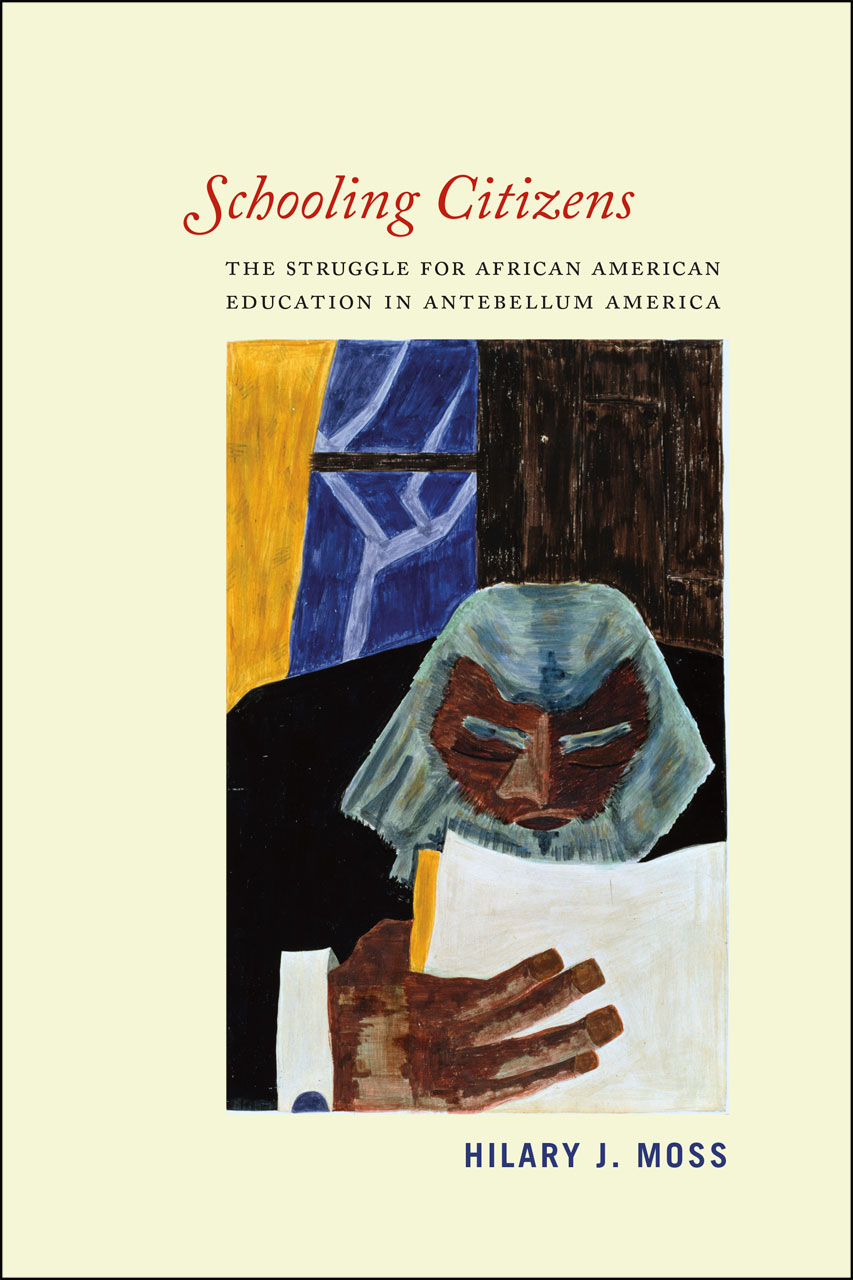
The Myth of Universal Education
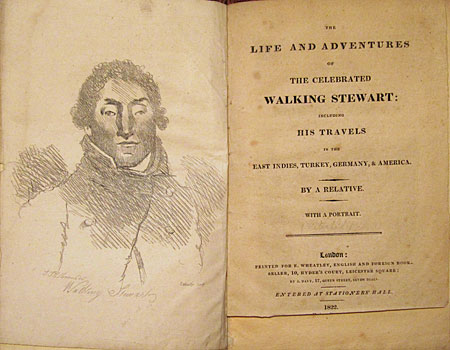
Cosmic Kinship: John Stewart’s “Sensate Matter” in the Early Republic
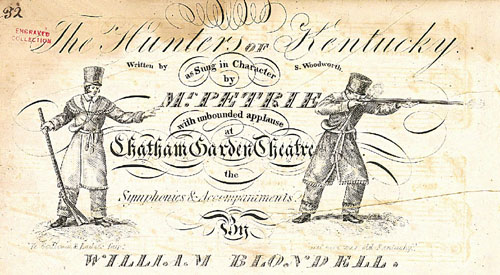
Sing America!
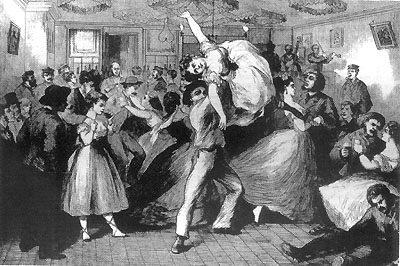
Dancing through American History
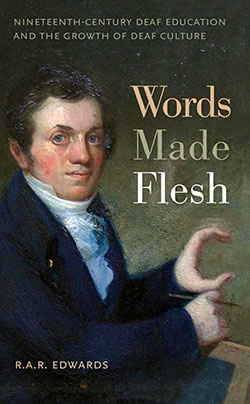
And Then There Were Three: A New Generation of Scholarship in Deaf History
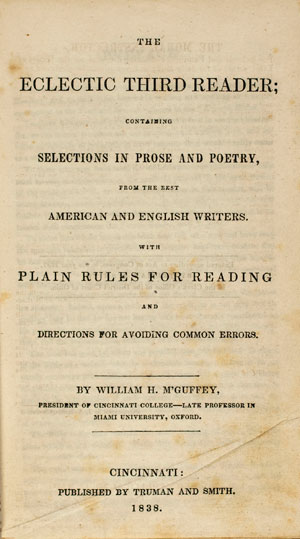
Closing the Books

Publick Occurrences 2.0 April 2008
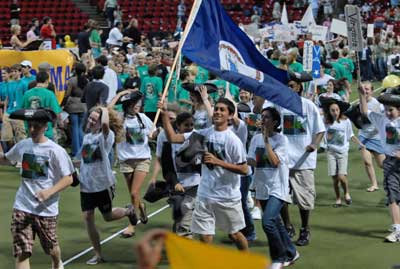
Exhibiting Excellence
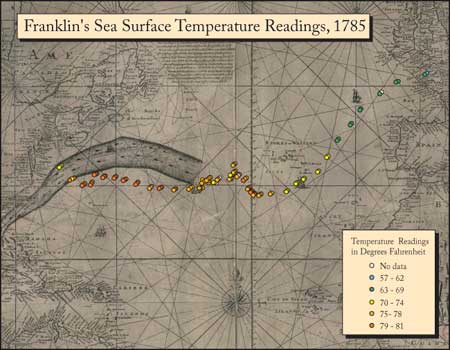
Overboard
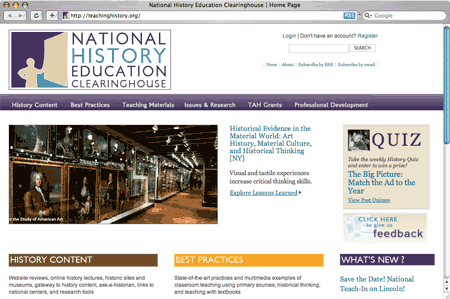
The National History Education Clearinghouse
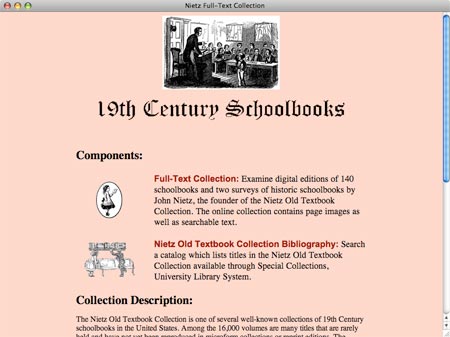
Instructions for the Young: Nineteenth-Century Schoolbooks
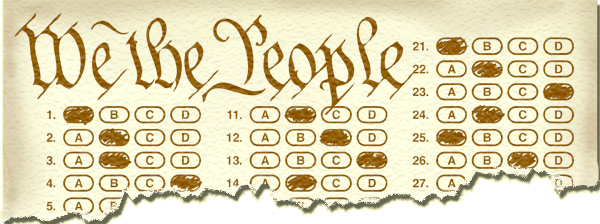
Beyond the Bubble
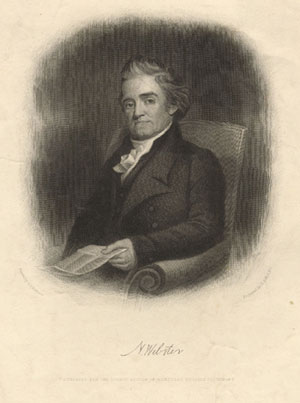
From Hondas to Civics
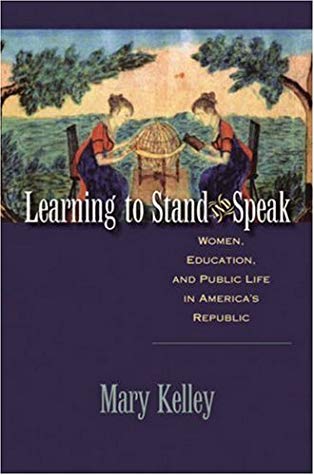
The Female Reader as Civic Actor

Opening the Academy Theodore R. Sizer, 1932-2009
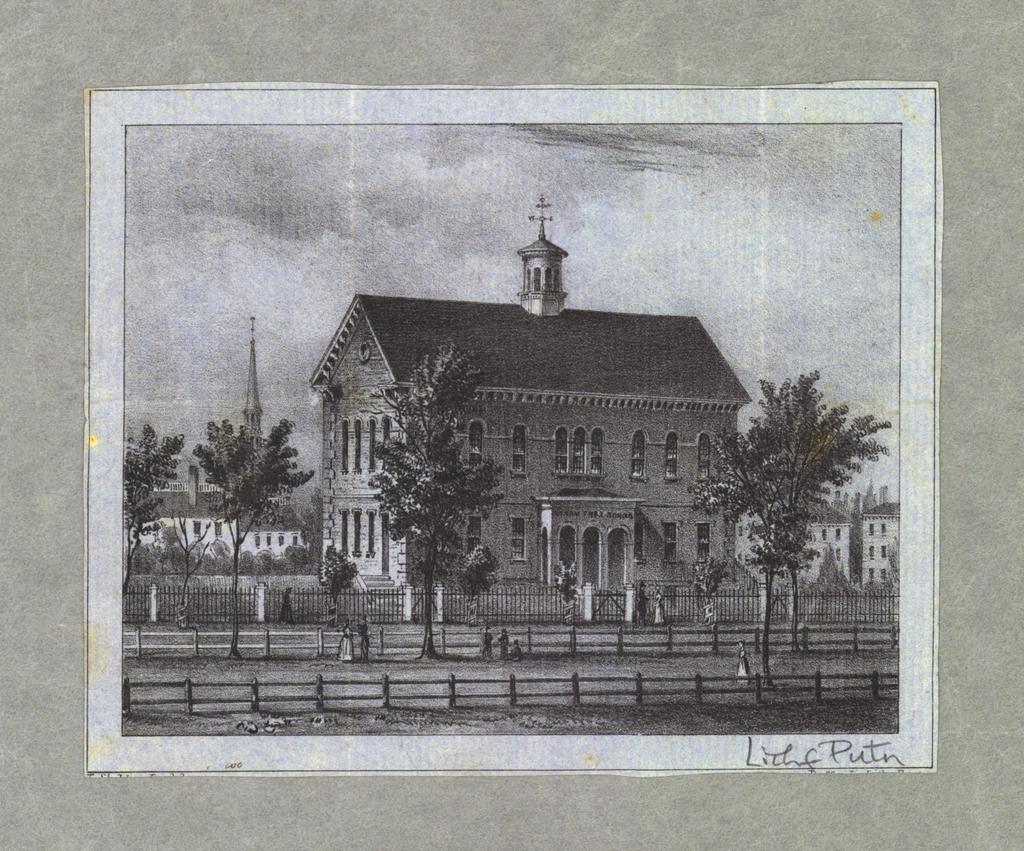
Blogging, with Pickles: Adventures (and misadventures) in the quest to capture the flavor of everyday school life

History Wars, Then and Now: The Politics of Unity in American History Textbooks before the Civil War
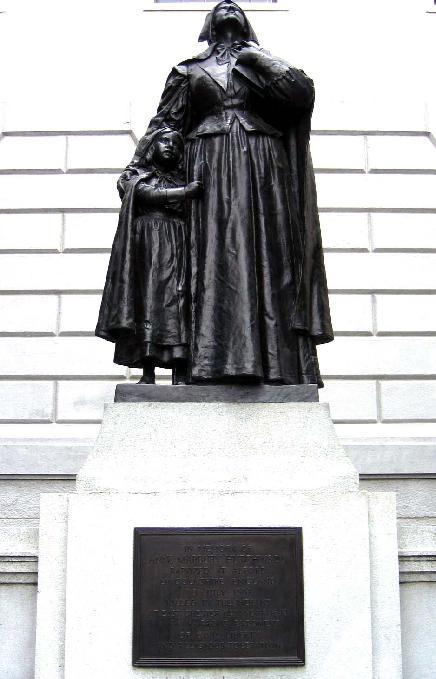
Don’t Mess with Us, Texas
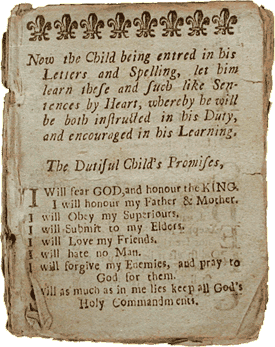
Literacy Then and Now
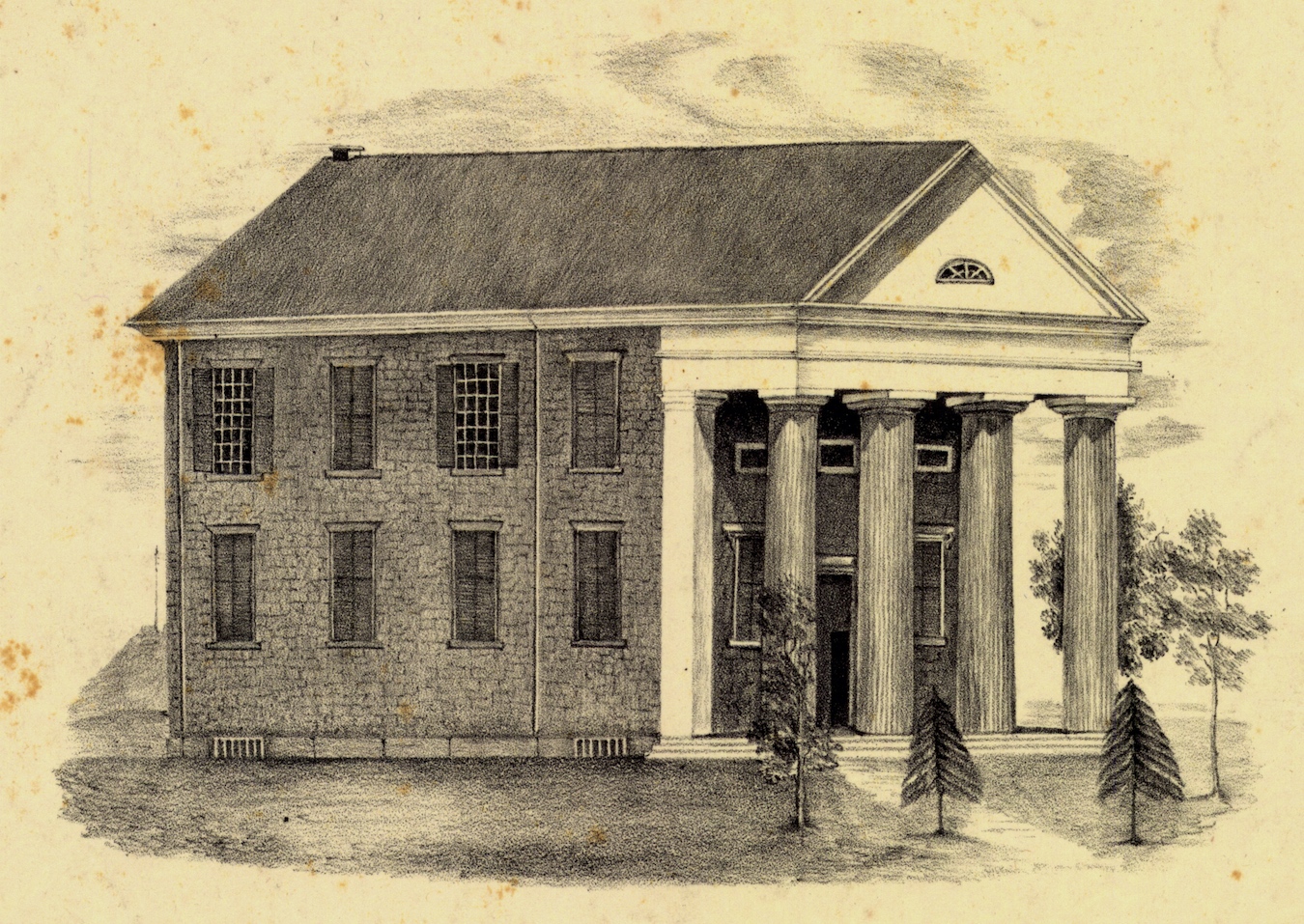
National Endowment’s Summer Vacation
Creative Writing
Reviews

ABOUT
Welcome to Commonplace, a destination for exploring and exchanging ideas about early American history and culture. A bit less formal than a scholarly journal, a bit more scholarly than a popular magazine, Commonplace speaks—and listens—to scholars, museum curators, teachers, hobbyists, and just about anyone interested in American history before 1900. It is for all sorts of people to read about all sorts of things relating to early American life—from architecture to literature, from politics to parlor manners. It’s a place to find insightful analysis of early American history as it is discussed in scholarly literature, as it manifests on the evening news, as it is curated in museums, big and small; as it is performed in documentary and dramatic films and as it shows up in everyday life.
In addition to critical evaluations of books and websites (Reviews) and poetic research and fiction (Creative Writing), our articles explore material and visual culture (Objects); pedagogy, the writing of literary scholarship, and the historian’s craft (Teach); and diverse aspects of America’s past and its many peoples (Learn). For more great content, check out our other projects, (Just Teach One) and (Just Teach One African American Print).
How to cite Commonplace articles:
Author, “Title of Article,” Commonplace: the journal of early American life, date accessed, URL.
Sophie White, “Trading Looks Race, Religion and Dress in French America,” Commonplace: the journal of early American life, accessed September 30, 2019, https://commonplace.online/article/trading-looks-race-religion-dress-french-america/
Joshua R. Greenberg, editor
Read more about Commonplace
Contact Us
If you are looking for a specific Commonplace article from the back catalog and do not see it, or if have any other questions, please contact us directly. Please follow us on Twitter @Commonplacejrnl or Facebook @commonplacejournal and thank you for your support.

